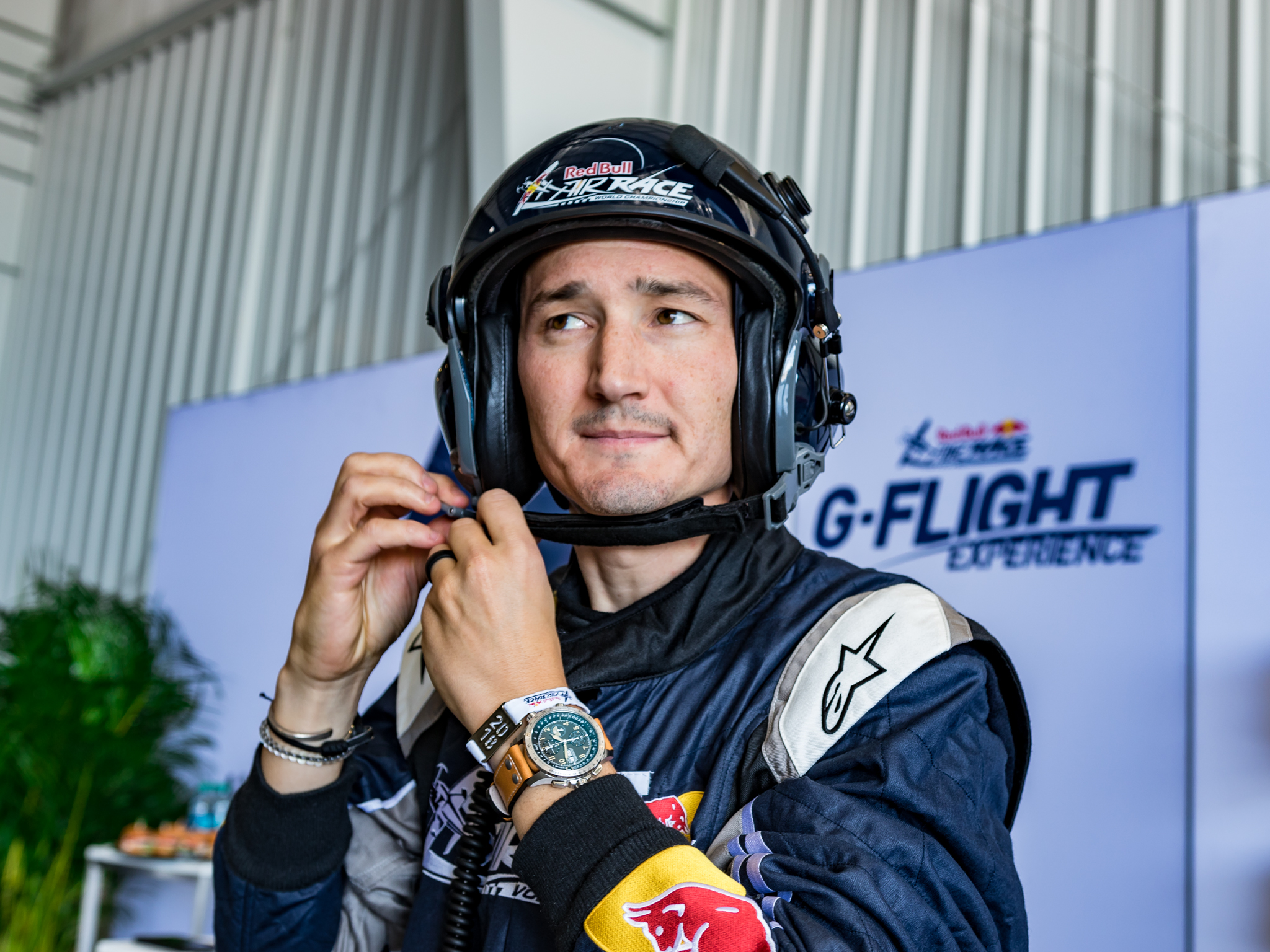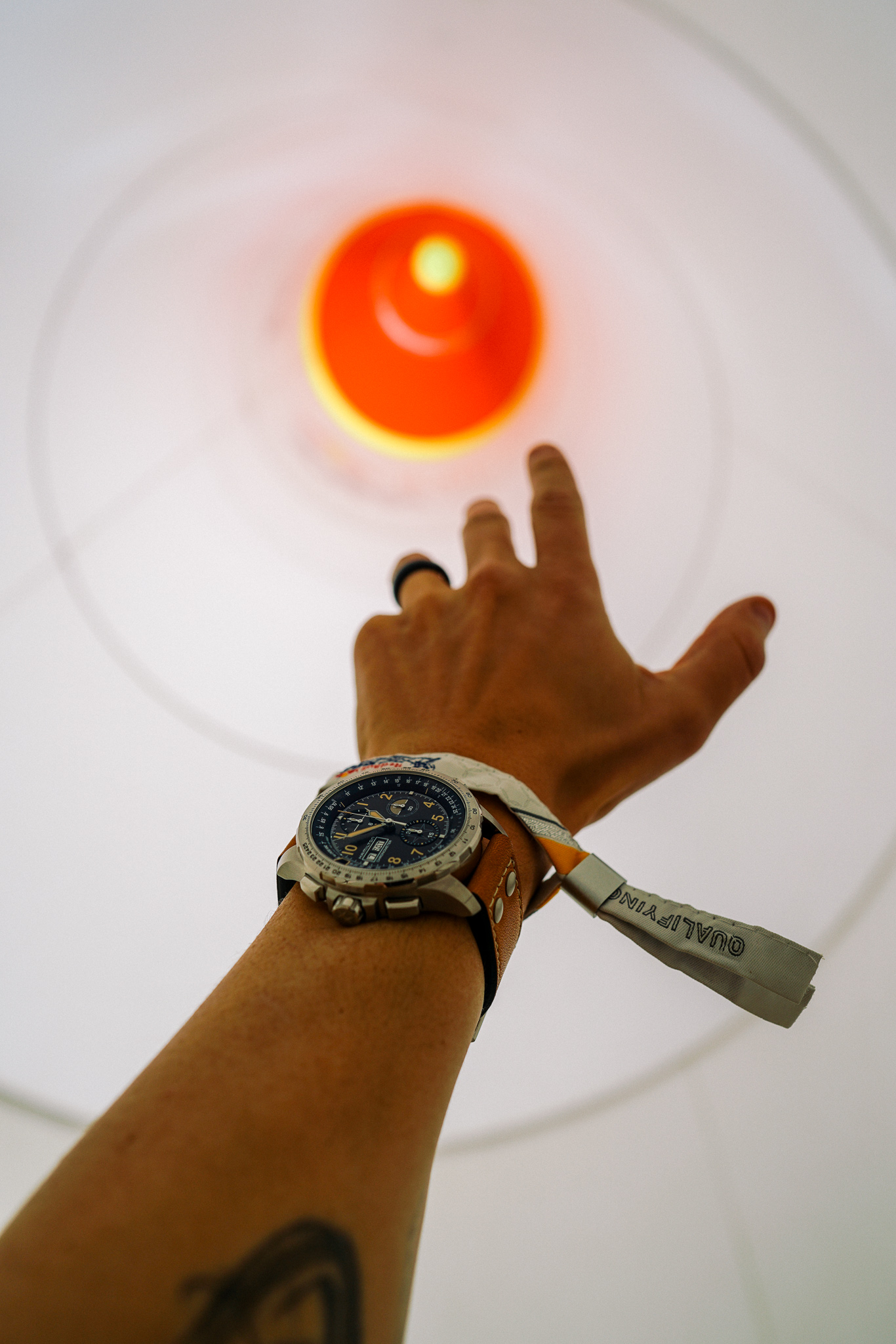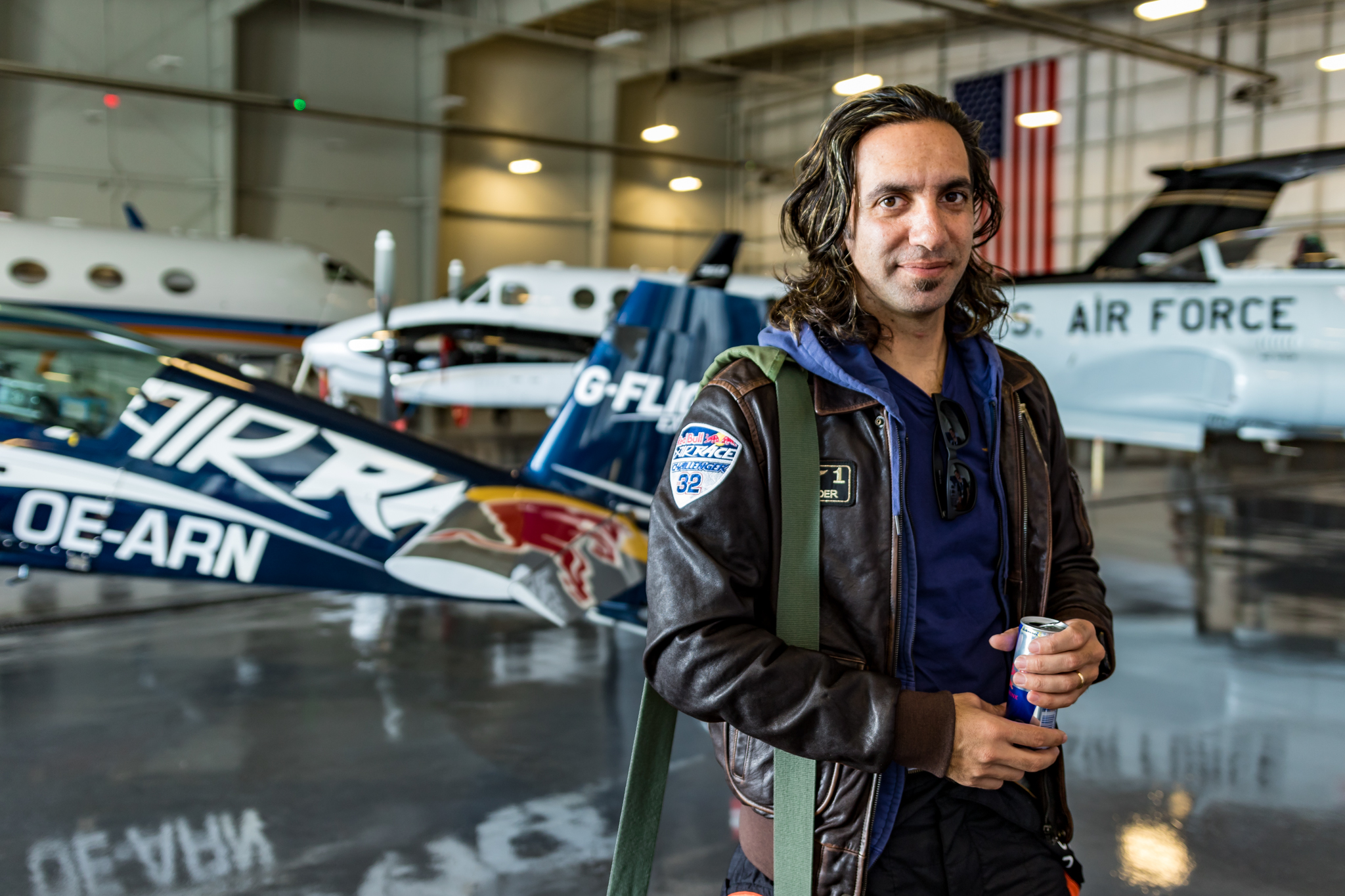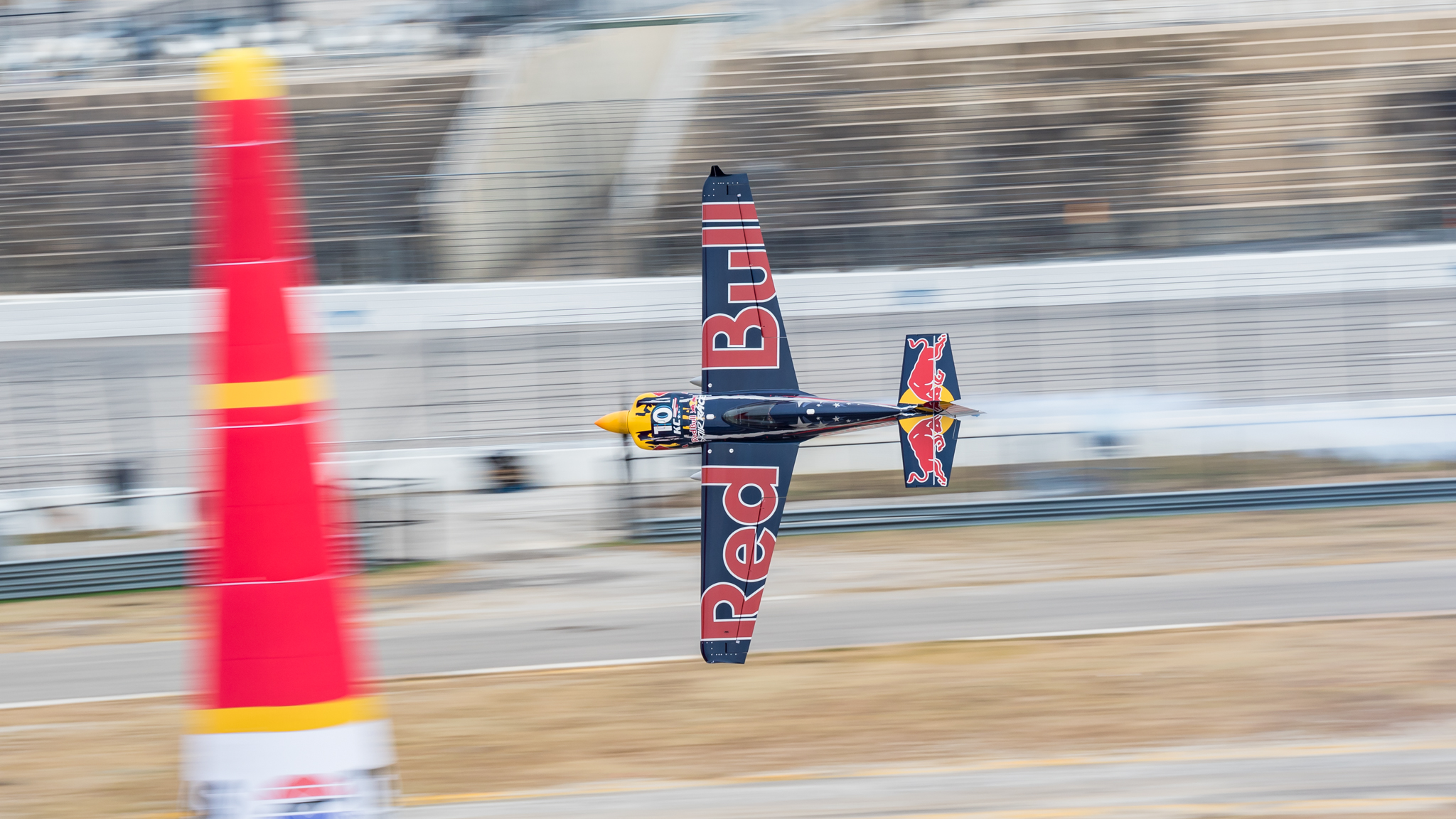
It’s like a toggle on the horizon’s just been thrown. Down becomes up. Earth becomes sky, and my guts, a 900-pound sack of meat. We’re ninety feet off the ground, going no slower than two hundred and twenty-five miles per hour. As an invisible force begins playing tug-of-war with opposite sides of my skull, my spine compresses like an accordion wheezing out Bal-musette on a Parisian subway. I vaguely remember strapping a Hamilton Khaki X-Wind Chronograph on my left wrist, but I couldn’t turn my head to look at it if I tried. “Six G’s,” the pilot casually reports through the headset. He sounds bored. I force myself to breathe while my bones try to tear themselves from my body through the back of the cockpit.
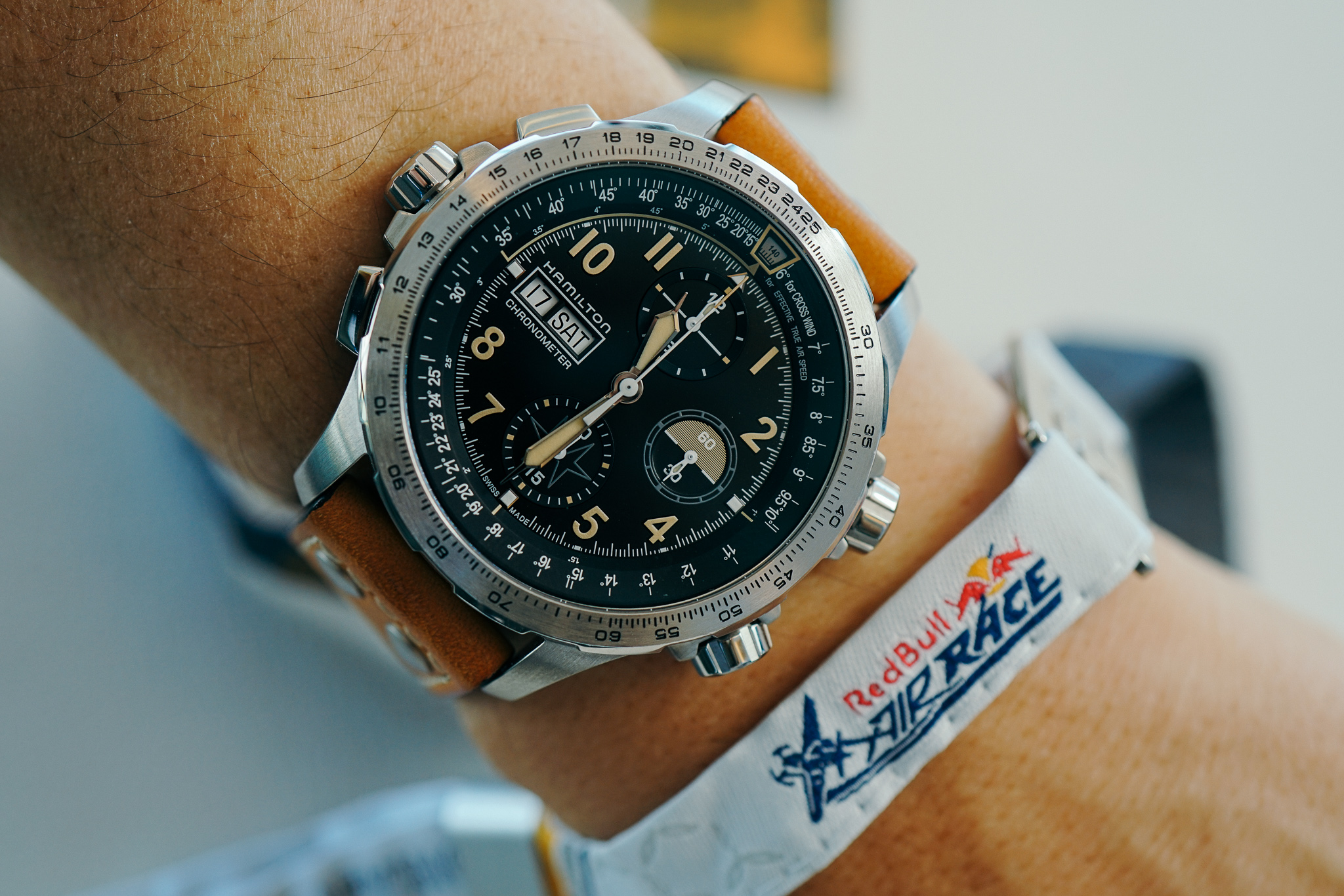
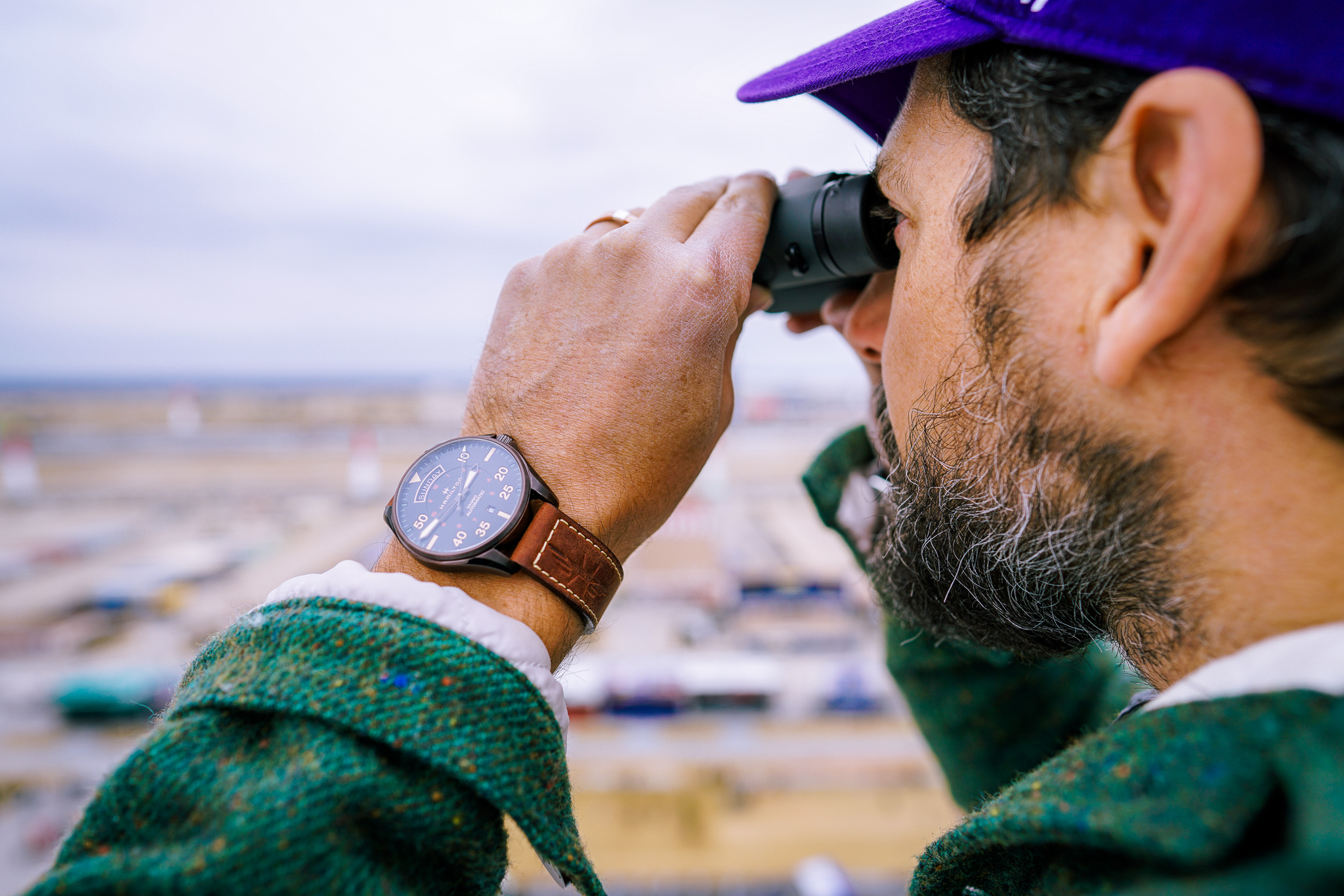
ABTW friend Devin from Outlined Cloth gets a better view of the action from high above Texas Motor Speedway
Without getting Bill Nye on the phone, a “G” is a unit of measurement most commonly referenced in aviation or motorsport, where it’s used to denote the kind of acceleration that causes a perception of weight. To wit: unless you’re reading this from the cockpit of an F-16, one G is essentially the gravitational force you’re experiencing right now in a comfortable, stationary position. An acceleration, or sudden change of direction like an impact, a slap to the face, a car swerving, or reversal of a bungee cord, are what introduce additional g-forces to the equation. The harder the acceleration, the greater the g-force. The front car on a roller coaster might visit anywhere from three to five Gs in its ride. A fighter jet pilot might hit his limit at 15 Gs. If he ejects, that force could reach 20. With each G value added to the calculation, the body is subjected to a force equal to the G number multiplied by the rider’s weight, so a pilot who weighs 175 pounds at 6 Gs would feel a simulated weight in the cockpit of nearly 1,100 pounds. But come race day, the winning Red Bull Air Race pilot here at the Texas Motor Speedway will likely nudge up against nearly double that during a 50-ish second lap of the air course.
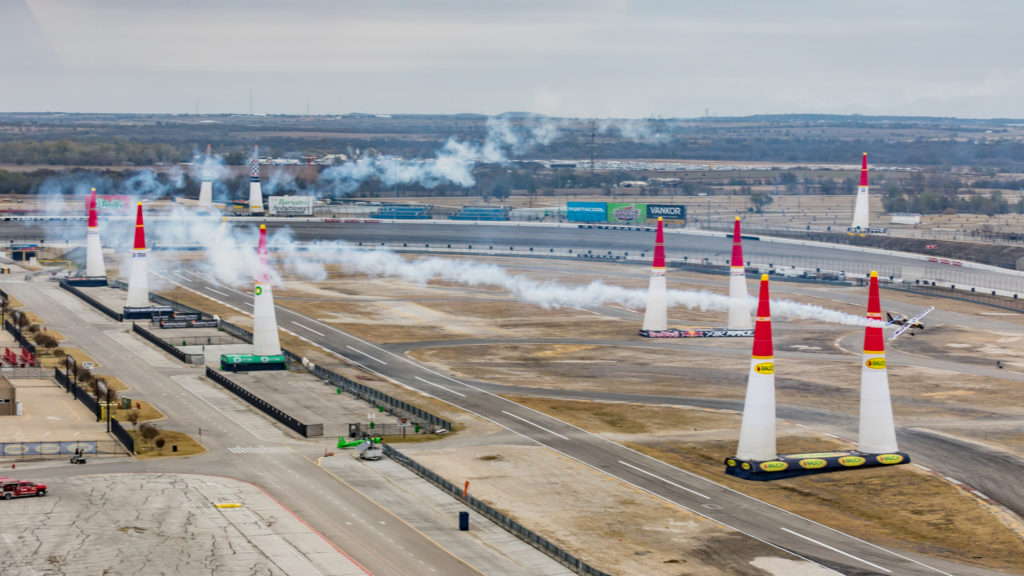
For the uninitiated, the Red Bull Air Race (or “RBAR” for short) is just one of several dozen niche sporting events thrown by the energy drink and media giant in the course of a year. Some are benign, relatively silly affairs; stuff like pushcart races and homemade airplane challenges (Red Bull Soapbox & Flugtag, respectively) might come to mind. Others are more epic in scale and legitimately extreme; like Red Bull Cliff Diving as we reported on here and the Red Bull Rampage freeride mountain bike event. But none of them are quite the global spectacle of speed like the Air Race, which is a yearlong series consisting of eight races spanning the United States, Asia, and Europe (the latter of which where it happens to rank amongst the region’s most popular motor sports events). Because even as a relative newcomer to motorsport, the Red Bull Air Race is widely regarded to be home for the fastest racing events on the face of the planet. Only F1 cars on select tracks come close – and their maximum speeds are around the average racing speed of one of these highly modified aircraft, similar to the one that I’m currently strapped inside.
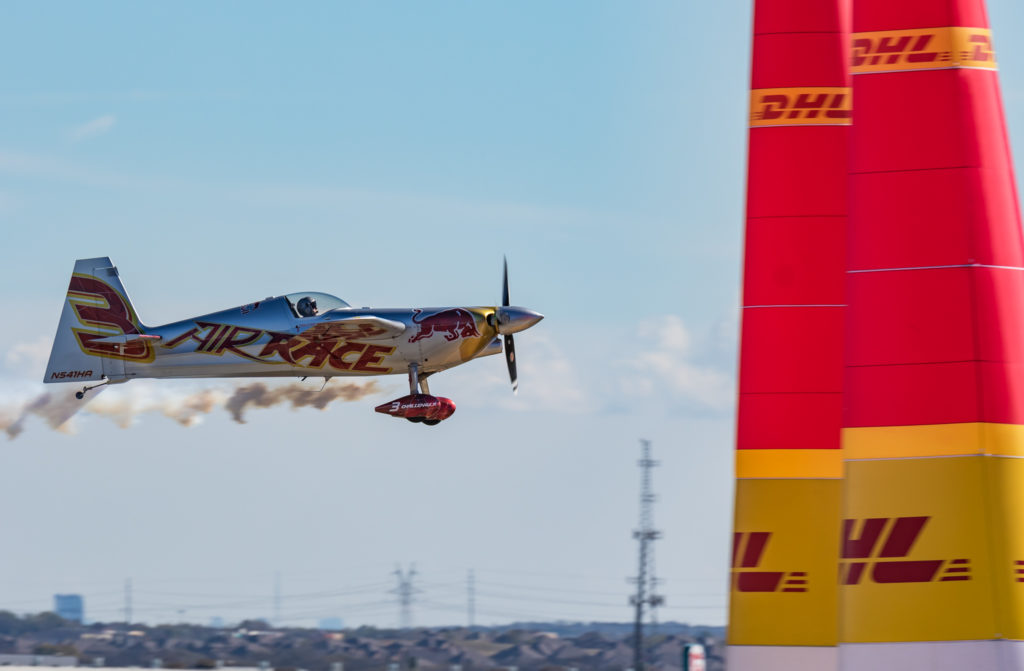
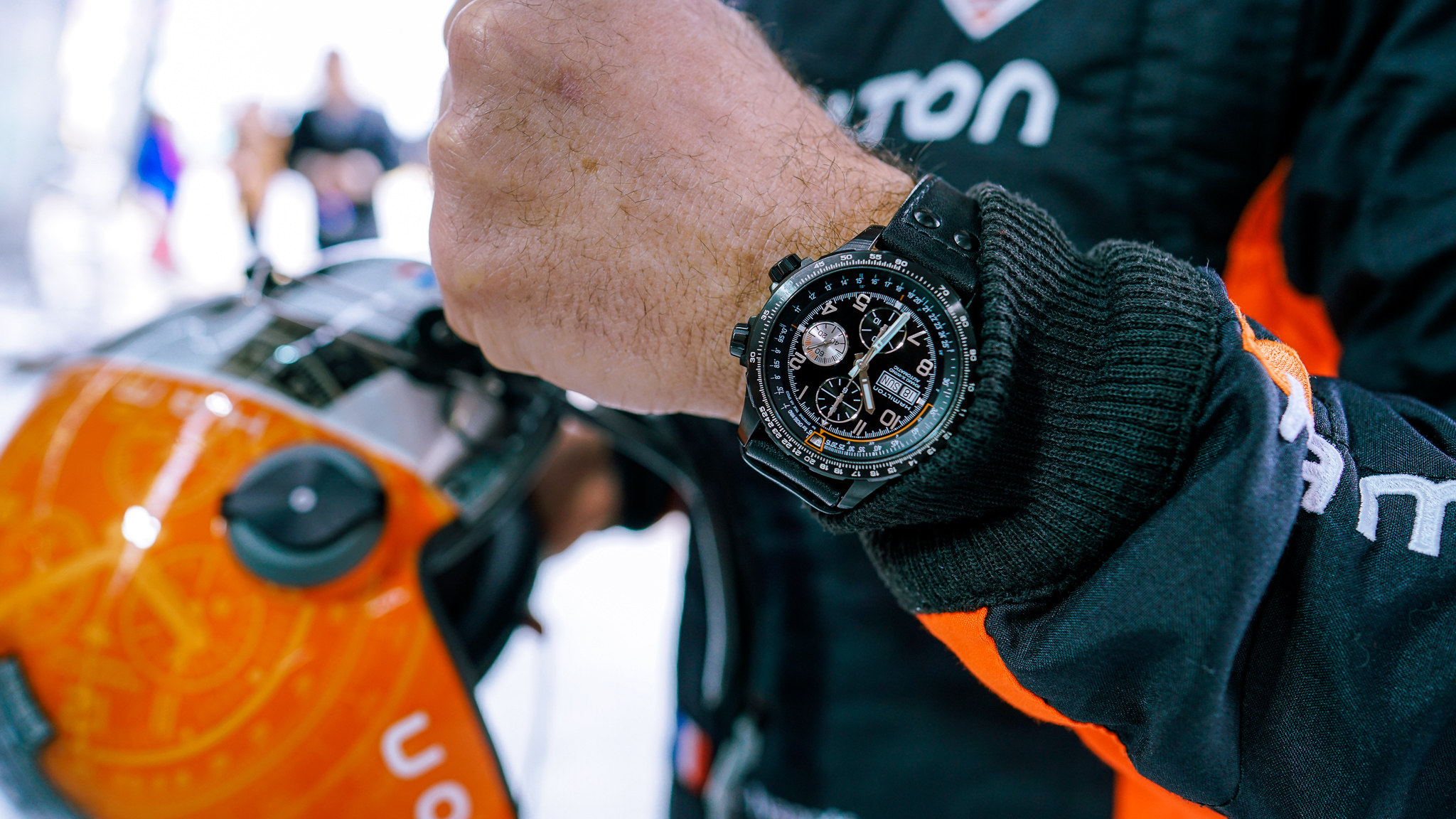
My mind flashes briefly to the disclaimer I’d signed two days previously. On its third page, it described the midair bailout procedure with an odd, matter-of-factness. “Keep calm. Unfasten your seatbelt. Jump away from the plane, via your left. Do not jump towards the propeller. Count to three before opening your parachute.” Good to know. Thankfully, I’ve watched enough Indiana Jones as a kid to know you never, ever jump towards the propeller. We scream past another red pylon.
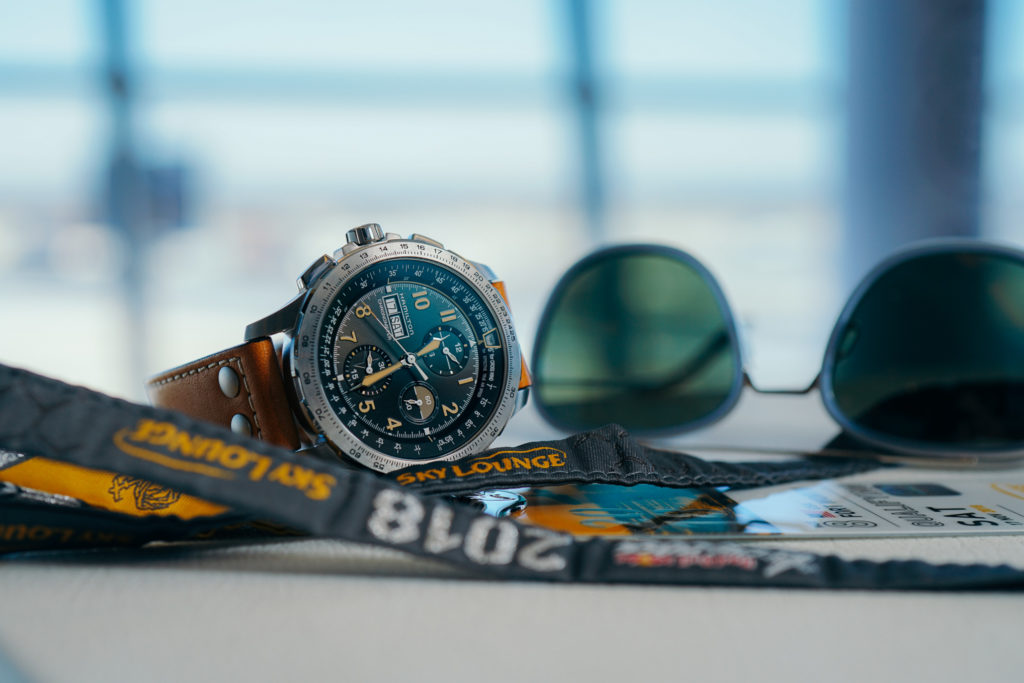
On paper, the Red Bull Air Race is a race against the clock. A field of 14 pilots race one at a time through a specific sequence of tall, air-filled cones – also called “pylons” – dotting a mid-air course that covers around the same physical distance as a NASCAR lap. A lap time is determined by how quickly the course is completed, and also how cleanly each pilot moves through each pair of pylons in a flight window that ranges between 46 and 82 feet off the ground, the wingtips’ distance to each pylon, the aircraft’s height relative to the pylon, and its degree of leveling are all factors that impact scoring. Begin your run too fast, conduct a maneuver out of order, clip a pylon, or exceed the 10-G limit, and you incur a time penalty which is added to the final lap score. This ensures that race-winning runs are not only extremely fast, but technically flawless as well. It’s the final race of the RBAR series, and at the end of this weekend, one pilot will be crowned “World Champion,” earning all the sponsorship attention and notoriety that comes with being champion for the year. There is no prize money in RBAR, to ensure additional risks aren’t taken that would jeopardize the safety of the pilots.
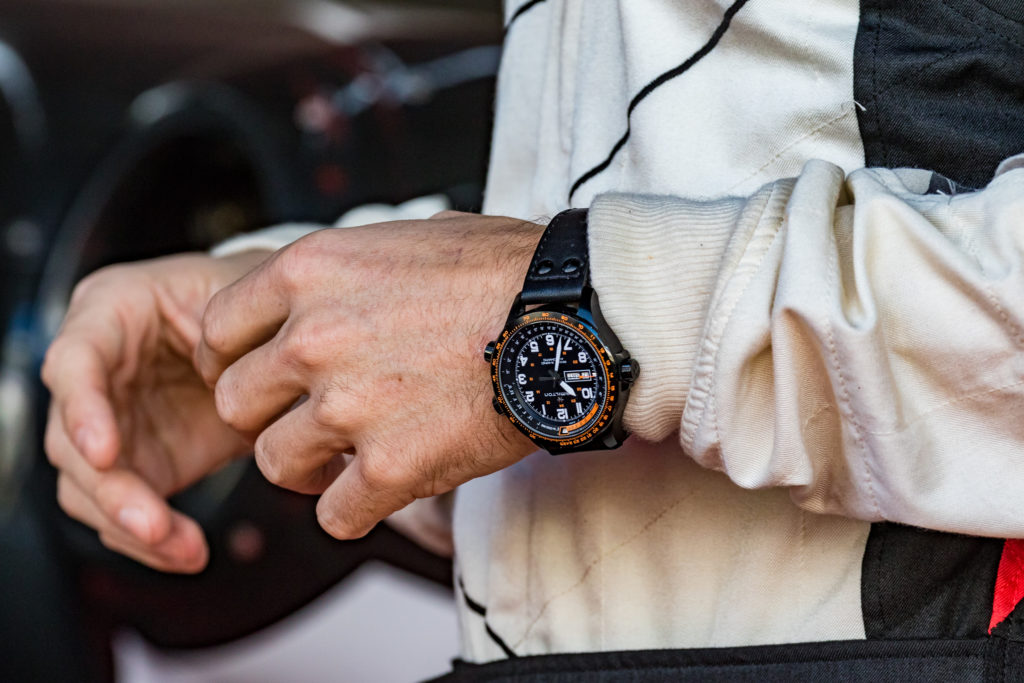
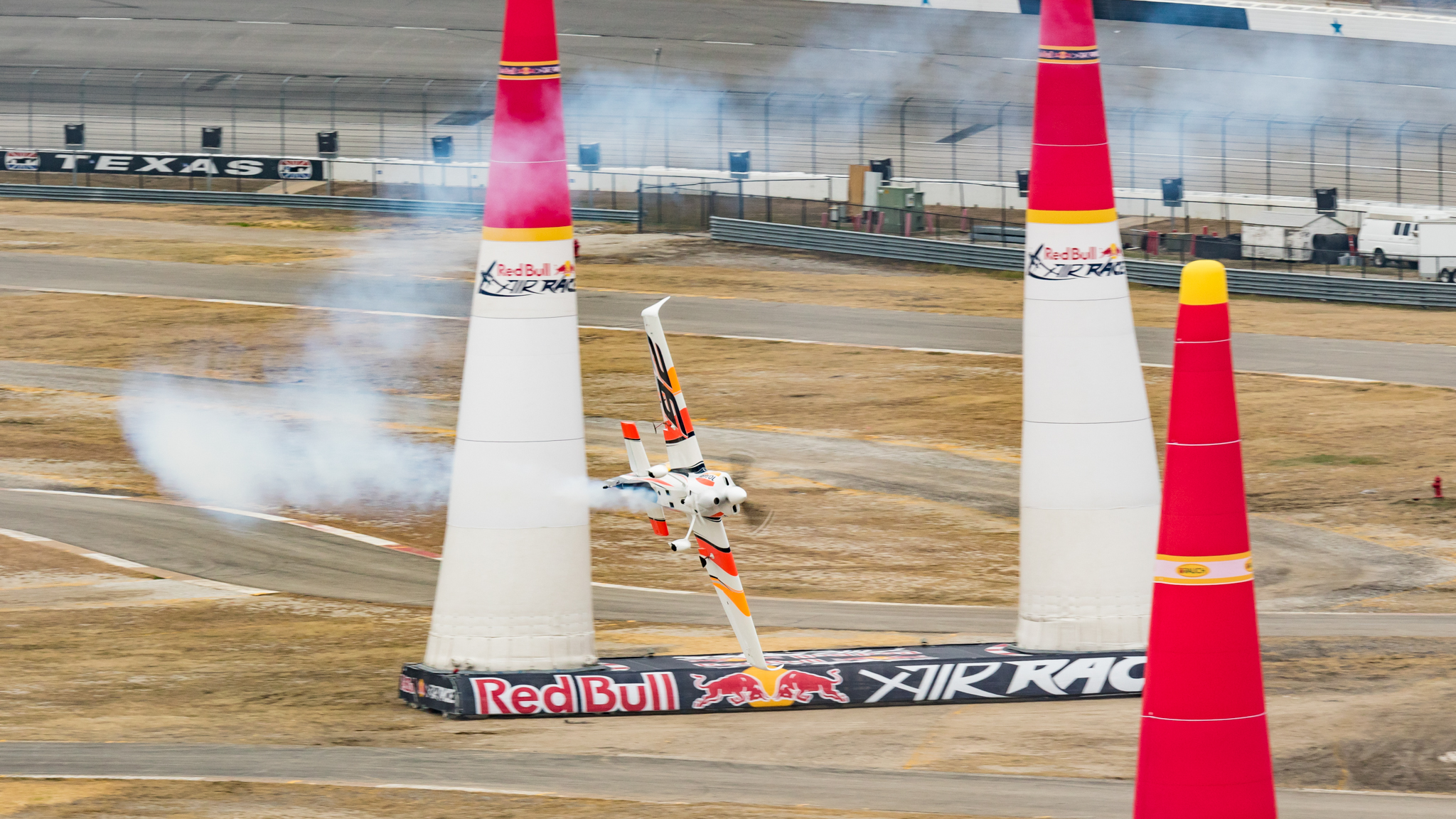
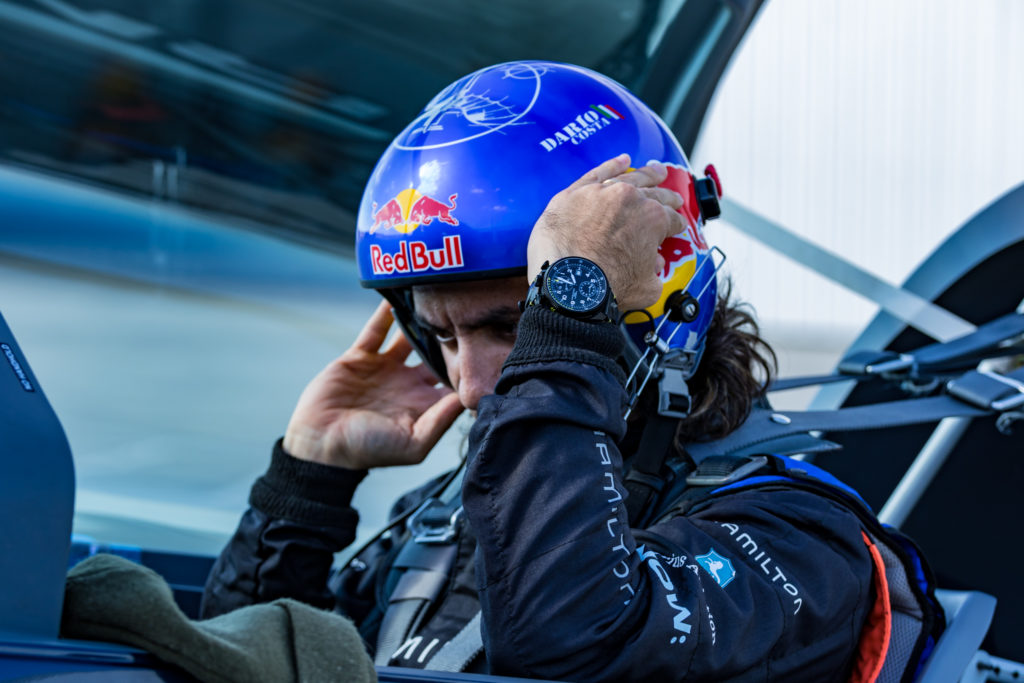
Pilot safety is indeed paramount in the Red Bull Air Race. Some of its more obvious risks, like the extreme speeds and G-forces are under strict limits to keep pilots from pushing it too far. Additionally, the red upper tiers of the pylons are specially engineered from a ripstop nylon that shreds at the slightest nick from a wingtip, significantly reducing danger to both aircraft and pilot. But averaging 230 miles per hour inside an aircraft that’s largely devoid of any automations or major safety countermeasures is not without considerable inherent risk. How far is the pilot willing to push the physical limits of both aircraft and body? How close to the edge is he willing to fly? It’s this classic man vs. machine paradigm which helps keep race spectators on the edge of their seats.
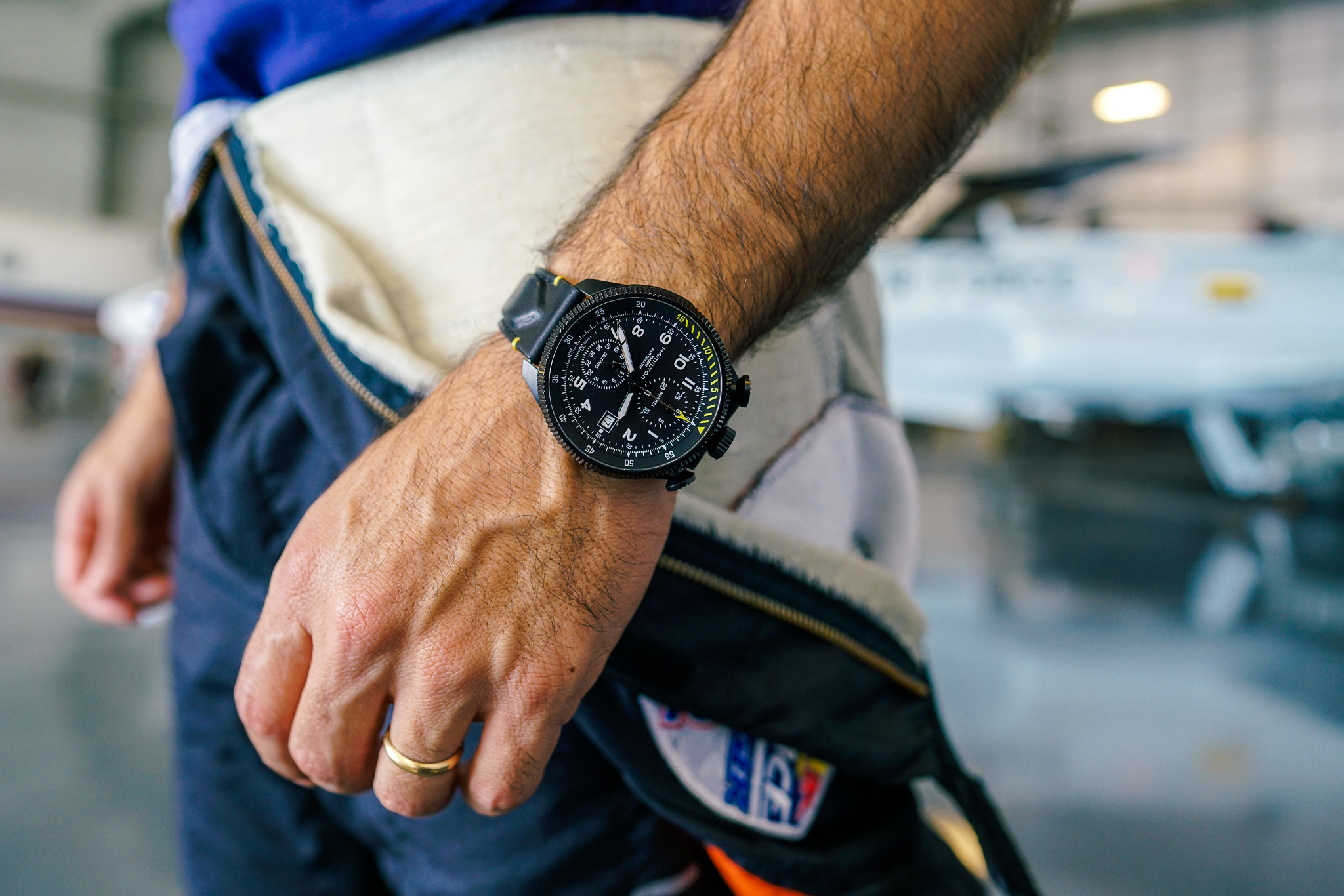
“Empty all your pockets. Tiny objects can become lethal during the flight,” I remember reading from the pre-flight brief. But I can’t remember whether or not my pockets are indeed empty at this very moment. Who’s going to tell my wife I was killed by a tin of Burt’s Bees that shot out of my Nomex flight suit at mach two during an Aileron Roll? It doesn’t matter now. We’re upside down again.
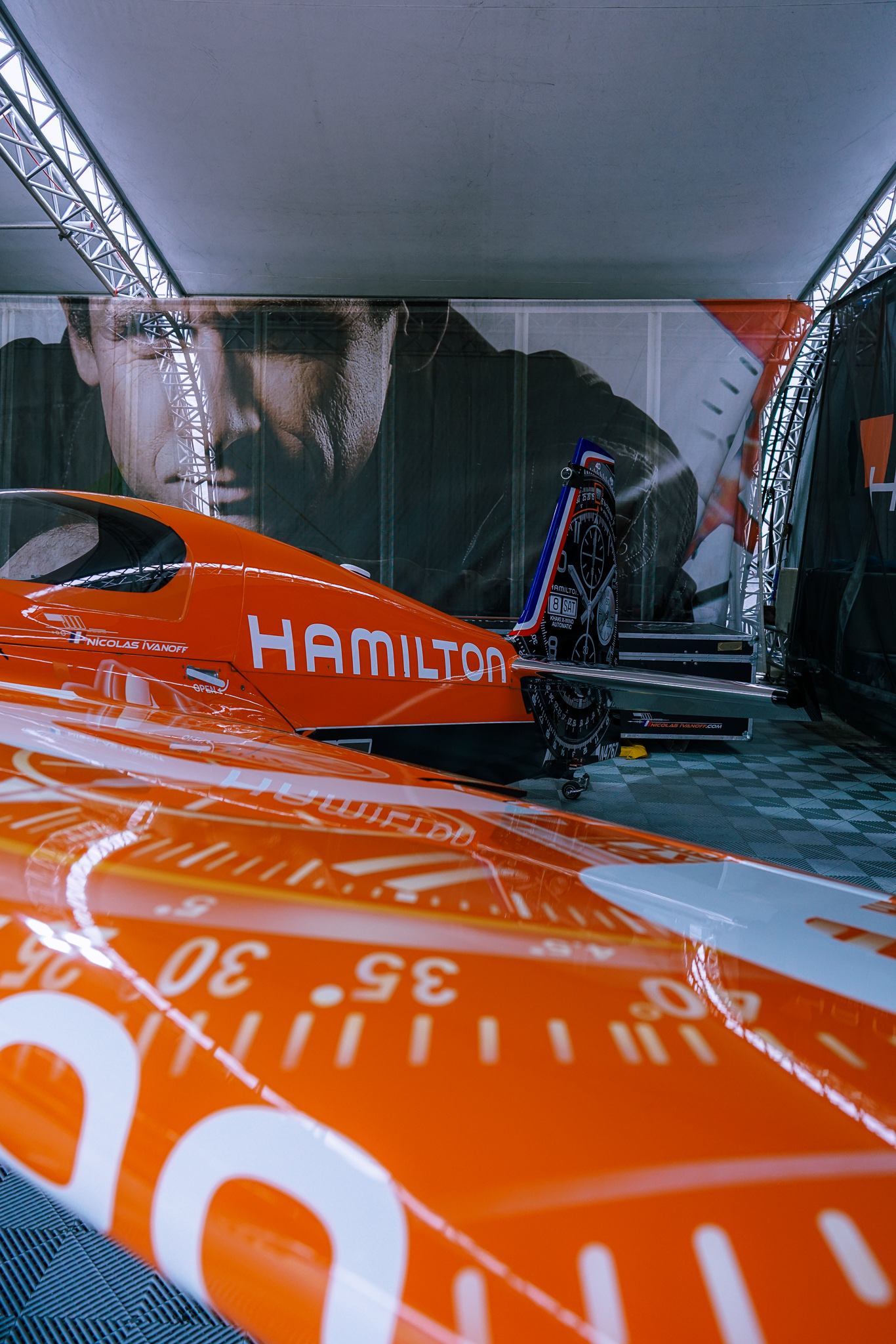
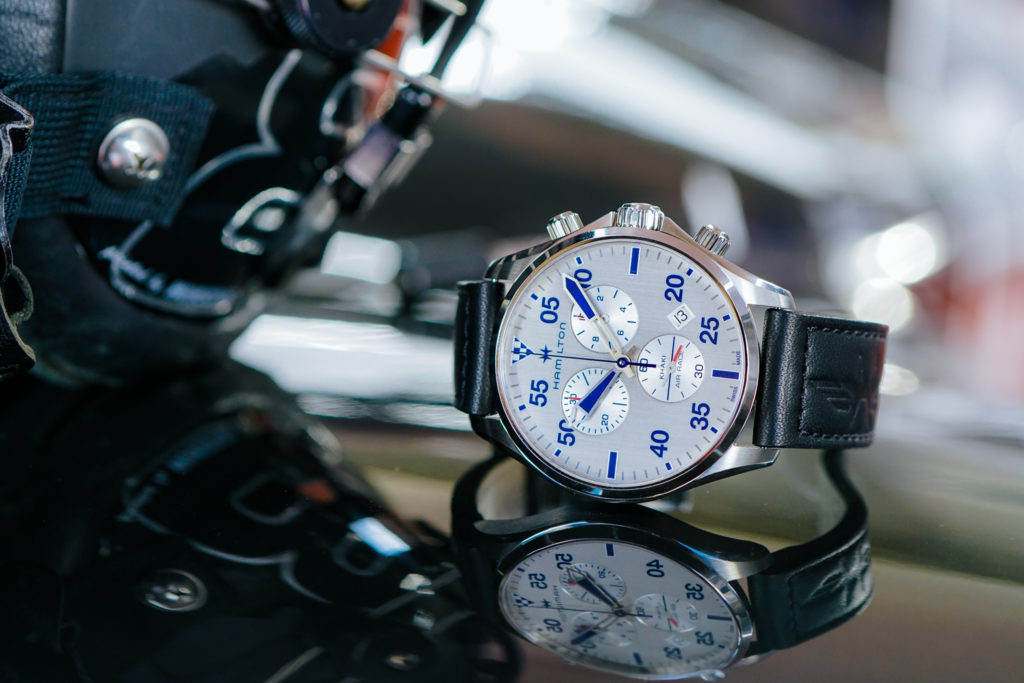
I’m here because Hamilton Watches has a dog in this fight – not only is the venerable Swiss watchmaker the event’s official timekeeper for the second year in a row, three of its pilots – including one decked out in Hamilton’s black and orange livery are competing for glory this weekend. They’re all piloting the Edge 540 – a markedly upgraded version of the Extra 330 LX I’m in now. The fourth Hamilton ambassador – Italian flying ace and Red Bull athlete Dario Costa, is currently at the yoke, deftly flicking it through a simulated chicane; first left, then right, then left again. With a roll rate of over 400 degrees per second, the wings snap vertical in opposite directions each time, leveling, then reset to 12:00 like a flyback chronograph seconds counter measuring splits in rapid succession. I haven’t barfed since college. Maybe today’s my unlucky day.
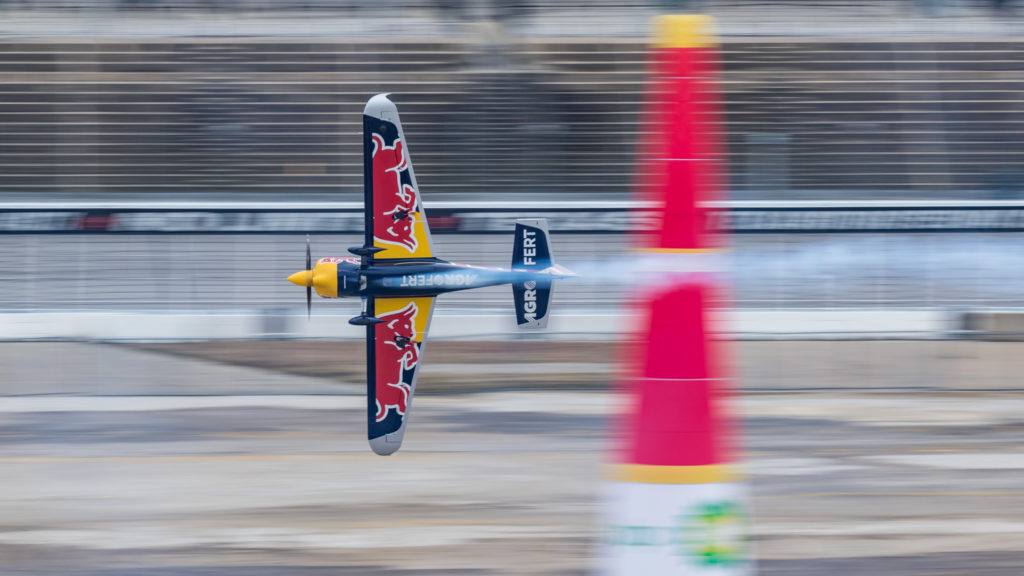
But flying one of these machines requires a little more than a pilot’s license and some serious stones. Many RBAR pilots have been flying all their lives, fulfilling a need for speed while honing the mandatory razor-sharp reflexes needed to post a sub-sixty second lap around Texas Motor Speedway. And though the most common thread seems to be extensive military flight experience, some pilots find their way into the sport via less conventional paths; like Red Bull athlete and Hamilton ambassador Pete McLeod who grew up in the cockpit, becoming a bush pilot at an extremely young age. With aviation in his blood, he’d later parlay that experience of skimming low and fast across the remote Canadian wilderness into some serious RBAR-challenging pedigree.
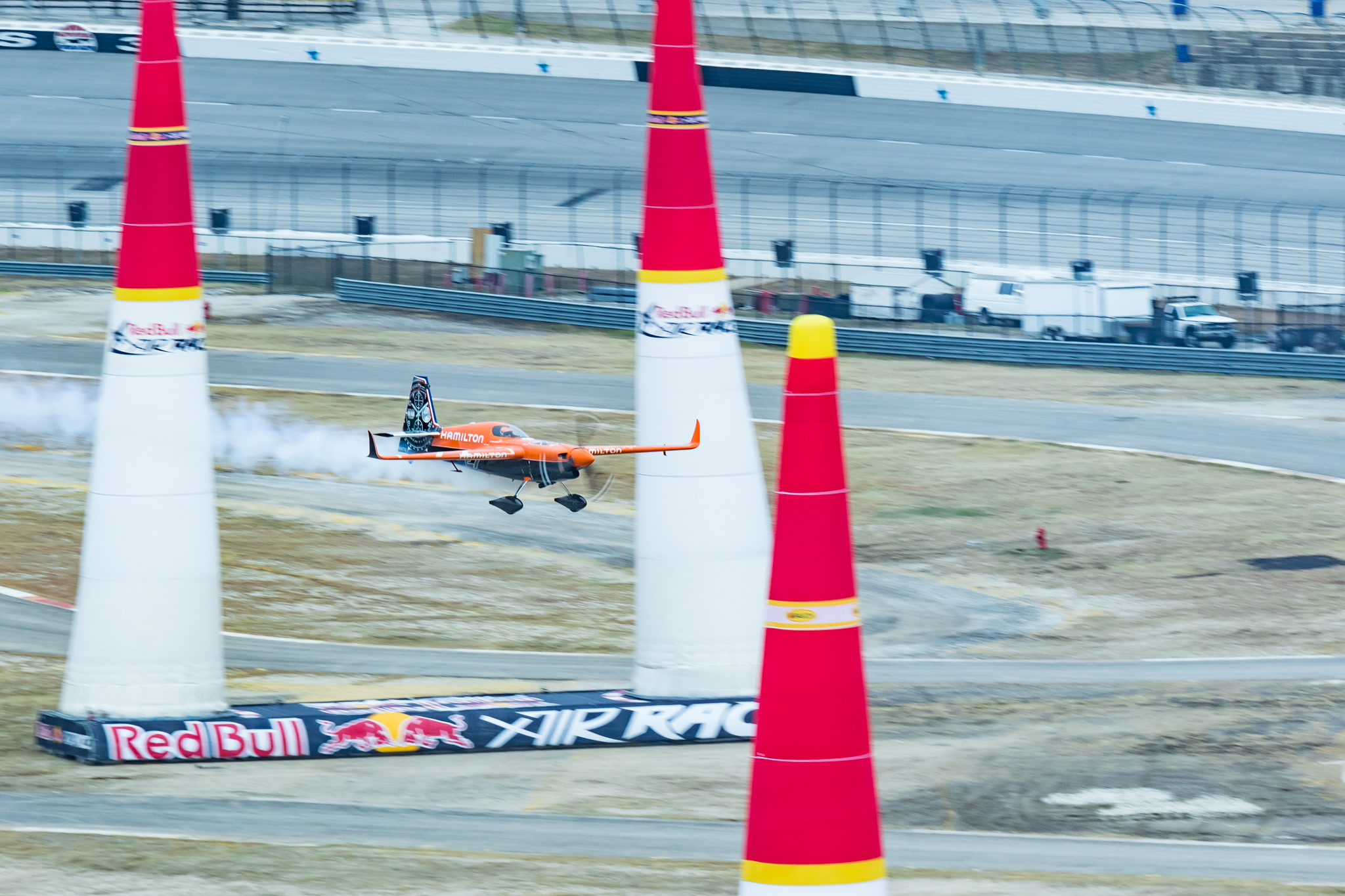
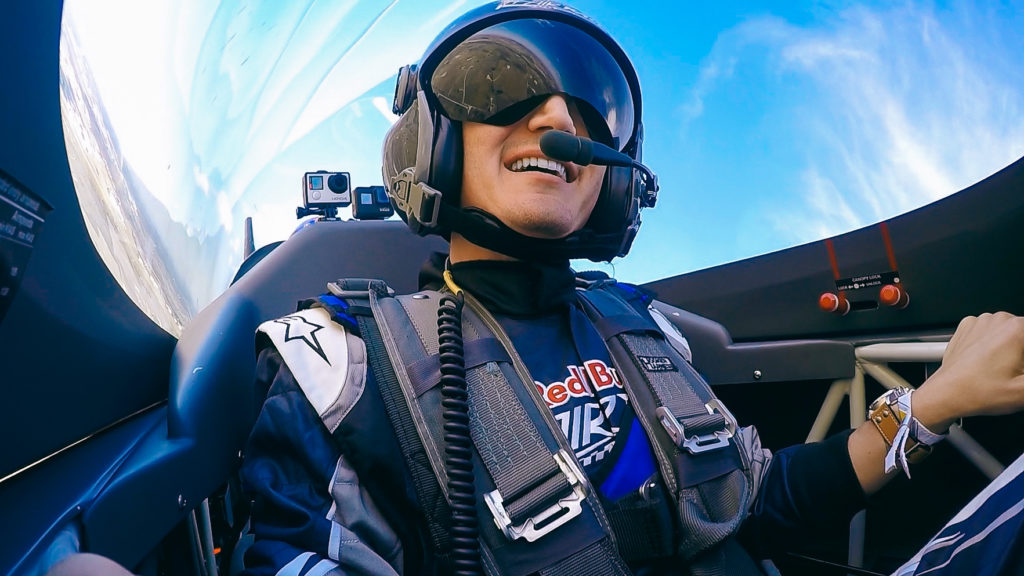
Dario cuts the throttle. It sounds like we are stalling. We’re not. We bank hard instead, nearly 180 degrees, plunging towards the ground. The engine roars, throwing me back against the seat. I’ve never been shot in the chest with a cannonball, but this must be close. I later learn this maneuver is innocuously referred to as a “Stall Turn.” My peripheral vision narrows. Someone screams “now this is podracing” into the mic. In my state of altered reality, it could have been me. But I don’t black out. And it’s not actually podracing. I am grinning wildly.

